Table of Contents Show
You’re probably wondering what is a deep cycle battery?
Deep cycle batteries are designed to be charged and recharged many times. Rather than offer a burst of energy for tasks like starting a vehicle, a deep cycle battery provides a steady stream of power over a long period of time.
Deep cycle batteries aren’t for starting your car, truck, motorhome, or bat so you won’t be looking at ratings like cranking amps or cold-cranking amps since they’re meant to be used for longer periods of time. However, there are dual-purpose batteries, that serve the purpose of a deep cycle battery and a cranking battery in one. That’s for another post, though.
Deep cycle batteries come in four basic types, so let’s get into it!
Deep Cycle Battery Types
Lithium Ion
In a lithium battery, the electrons move back and forth from anode to cathode to create a charge in a solution of lithium salts. This battery can be almost completely discharged without consequence and its recharge rate is the fastest of any battery type.
They are about half the weight of lead-acid batteries. All these points make them some of the best RV batteries for boondocking.
Battle Born Batteries offers a full line of lithium-ion batteries. Whether you simply want a drop-in replacement for your current battery or want a reliable off-grid system for some serious boondocking, they have you covered. We've used and abused our Battle Born Batteries for years and can confidently say lead is dead.
Flooded Lead-Acid Batteries
Flooded lead-acid batteries deep cycle batteries are built with lead plates that create “cells.” Distilled water fills each cell and is used as the transfer substance, which needs to be topped off monthly.
Charging lead-acid batteries takes place over stages, leaving room for problems like overcharging or undercharging. They are usually the least expensive option for a house battery and can be recharged numerous times. However, lead-acid batteries sometimes have a shorter life than AGMs and lithium batteries.
Absorbed Glass Mat (AGM)
These deep cycle batteries have fiberglass between the plates in their cells for the electrolytes to pass through. It is considered a “dry” battery, and therefore, maintenance-free, as you won’t need to add distilled water. Their recharge rate is much faster than a lead-acid battery but not as fast or efficient as a lithium one.
Gel
Like AGMs, these batteries are maintenance-free. They transfer electrolytes through a gel substance created by sulfuric acid and silicate.
Gel deep cycle batteries don’t emit gasses, so ventilation for the batteries isn’t necessary, but their charging rate is very slow. You will find these batteries used in electric wheelchairs and scooters.
Pros and Cons for Each Deep Cycle Battery Type
Lithium Pros
- Usable capacity 80% to 100%
- Extremely high charge rates
- No battery memory
- No maintenance necessary
- Light weight
- 2,000 to 5,000 charge cycles
Lithium Cons
- Most expensive deep cycle battery option
- Cannot be charged at low temperatures
- Must have battery maintenance system (usually internal)
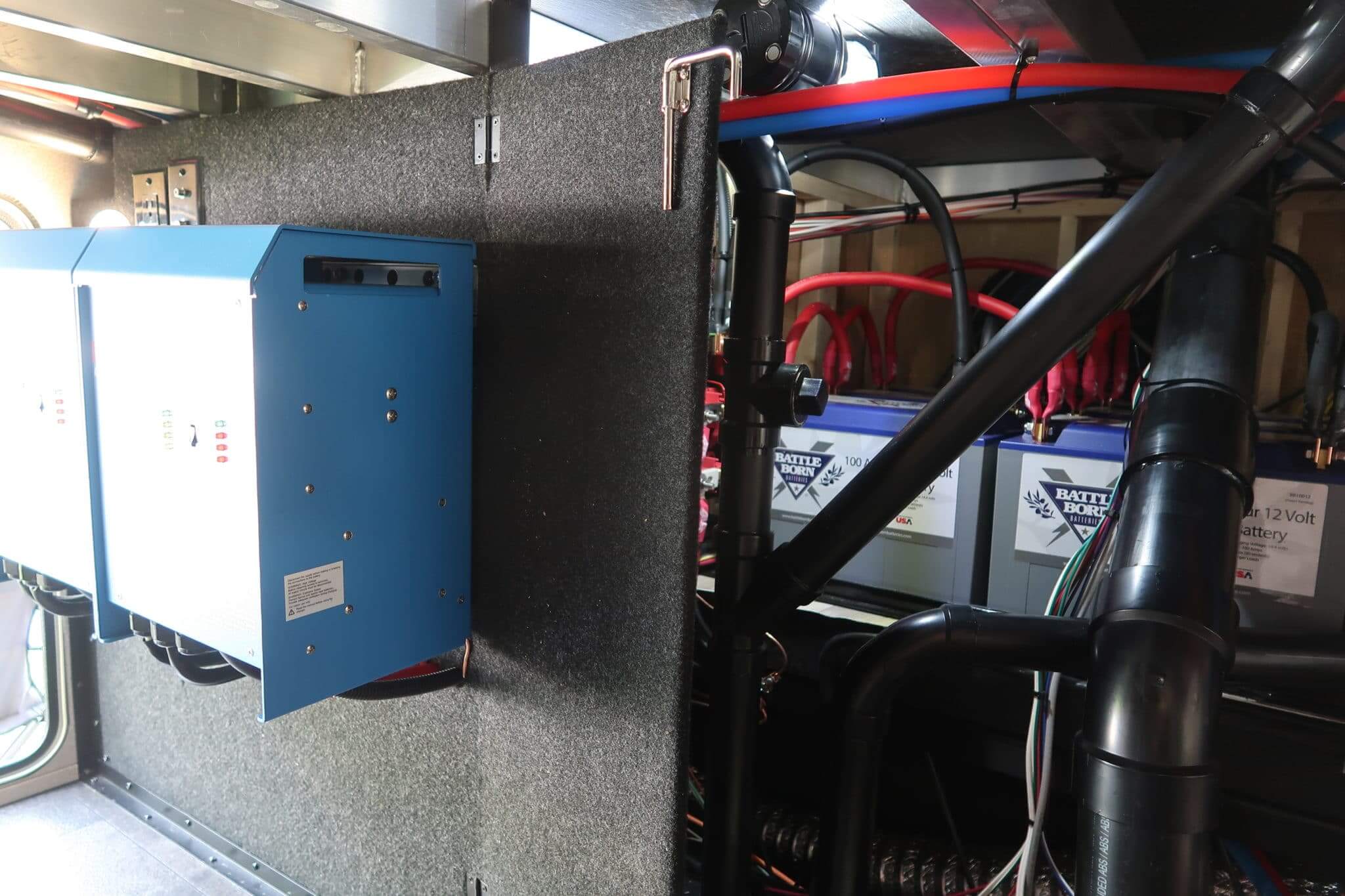
Lead-Acid Pros
- Reliable
- Tolerant of overcharging
- Can deliver high current
- Sold worldwide, easy to find
- Indefinite shelf life
Lead-Acid Cons
- Usable capacity 30% to 50%
- Very heavy
- Require monthly maintenance
- Discharges gasses
- Charge efficiency of 70% to 85%
Gel Pros
- Does not spill
- No maintenance
- No off-gassing
- Tolerant of heat
- Charge efficiency of 85% to 90%
Gel Cons
- More costly than lead-acid or AGM
- Cannot tolerate fast charging
- Can be ruined by overcharging
- Has its own profile/setup
AGM Pros
- Usable capacity 60% to 80%
- Charges at much higher rates than lead-acid or gel
- Does not spill
- No off-gassing
- No maintenance
- Charge efficiency of 95%
- Not affected by cold temperatures
AGM Cons
- More costly than lead-acid
- Can be ruined by overcharging
Deep Cycle Battery Maintenance
All deep cycle battery types, with the exception of lead-acid, do not require any maintenance.
Distilled water must be topped off in lead-acid batteries monthly to keep the plates in each cell submerged. Failure to do so will render the plates useless and the battery will have to be replaced.
If you will not be using the batteries for long periods of time, a trickle charger can be attached to lead-acid and AGM batteries to keep them charged. You do not need to use it on lithium batteries, as they have their own internal battery management system.
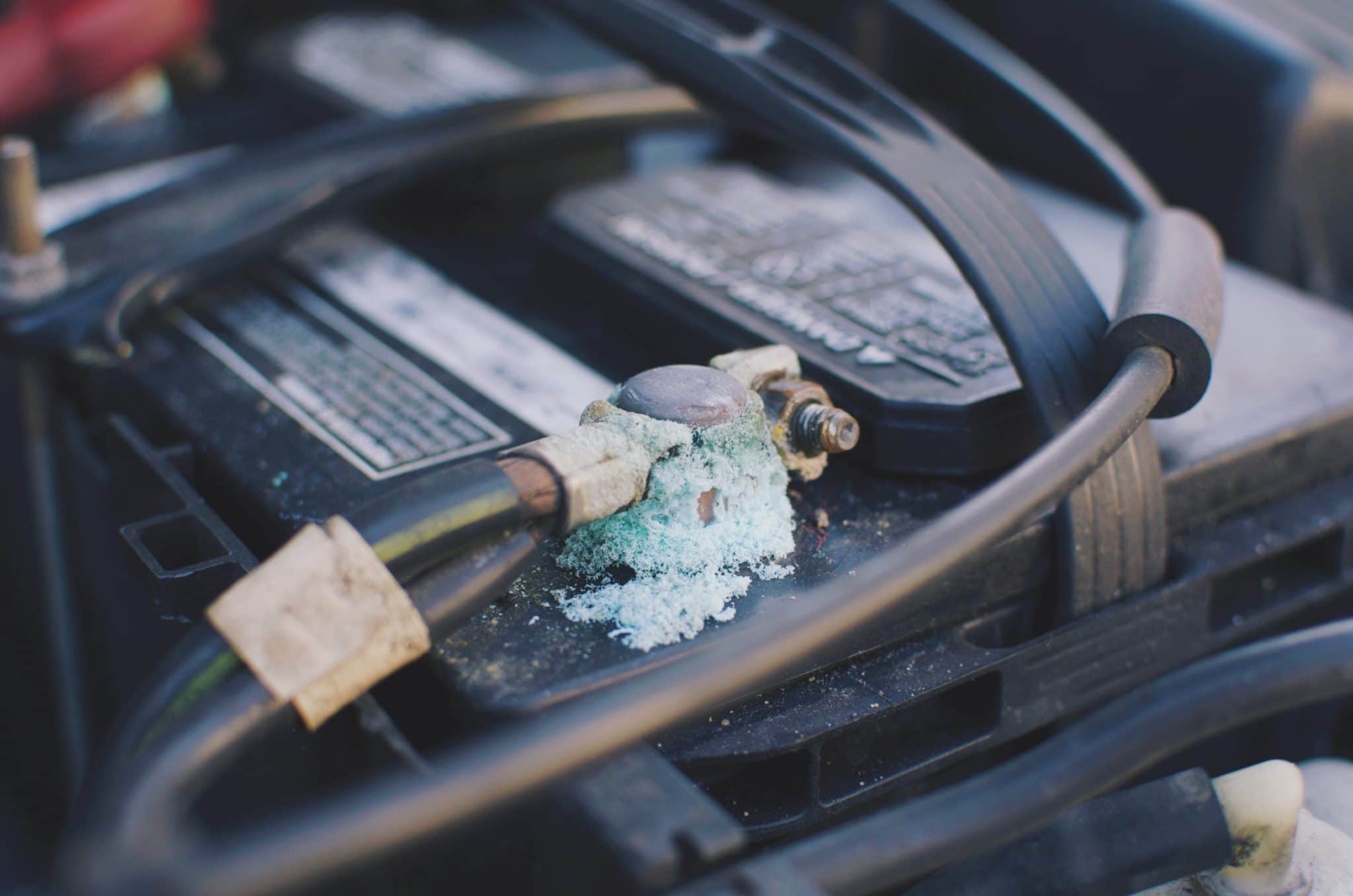
Installation
With deep cycle lead-acid, gel, and AGM batteries the installation is all the same.
Just attach the positive terminal with the positive wire from your coach and the negative terminal with the negative or ground wire from your coach, or if you have two or more batteries, you’ll need to wire them in parallel or series, depending upon the battery size (12V or 6V).
Lithium batteries are attached in the same way (positive to positive, negative to negative or ground), but you will need a lithium-specific converter charger installed in your RV.
Your rig may already have a convertor installed, but make sure it can be used with lithium batteries. Most standard convertors will not be able to charge the lithium battery to a complete 100% due to the voltage required but will be able to charge to around 80% full.
Pro Tip: Getting ready to install multiple deep cycle batteries? Read Wiring RV Batteries In A Series VS Parallel: What You Need To Know first.
How Long Will Deep Cycle Battery Last?
Good lithium batteries usually last 3,000 to 5,000 charging cycles. So depending on the frequency you recharge, they may last 3 to 20 years.
Lead-acid batteries, if maintained correctly, can last up to 6 years, and AGM batteries will last 6 years, as well. Because they have their own charging profile, gel batteries can last 10 to 20 years.
Average Deep Cycle Battery Charging Time
- Lithium charging time: 2 to 3 hours
- Lead- charging time: 8 to 16 hours
- Gel charging time: 5 to 10 hours
- AGM charging time: 5 hours
Solar Charging Option
You can charge any type of deep cycle battery with solar panels. Solar systems usually involve a solar charge controller between the panel and the batteries to regulate the charge.
Most installations also include a solar monitor, as well, so you can see how much energy is being created by the solar panels and how much is left in your batteries.
Pro Tip: Don’t want to do a full solar panel installation? Check out the 6 Best Portable Solar Panels to simplify the process.
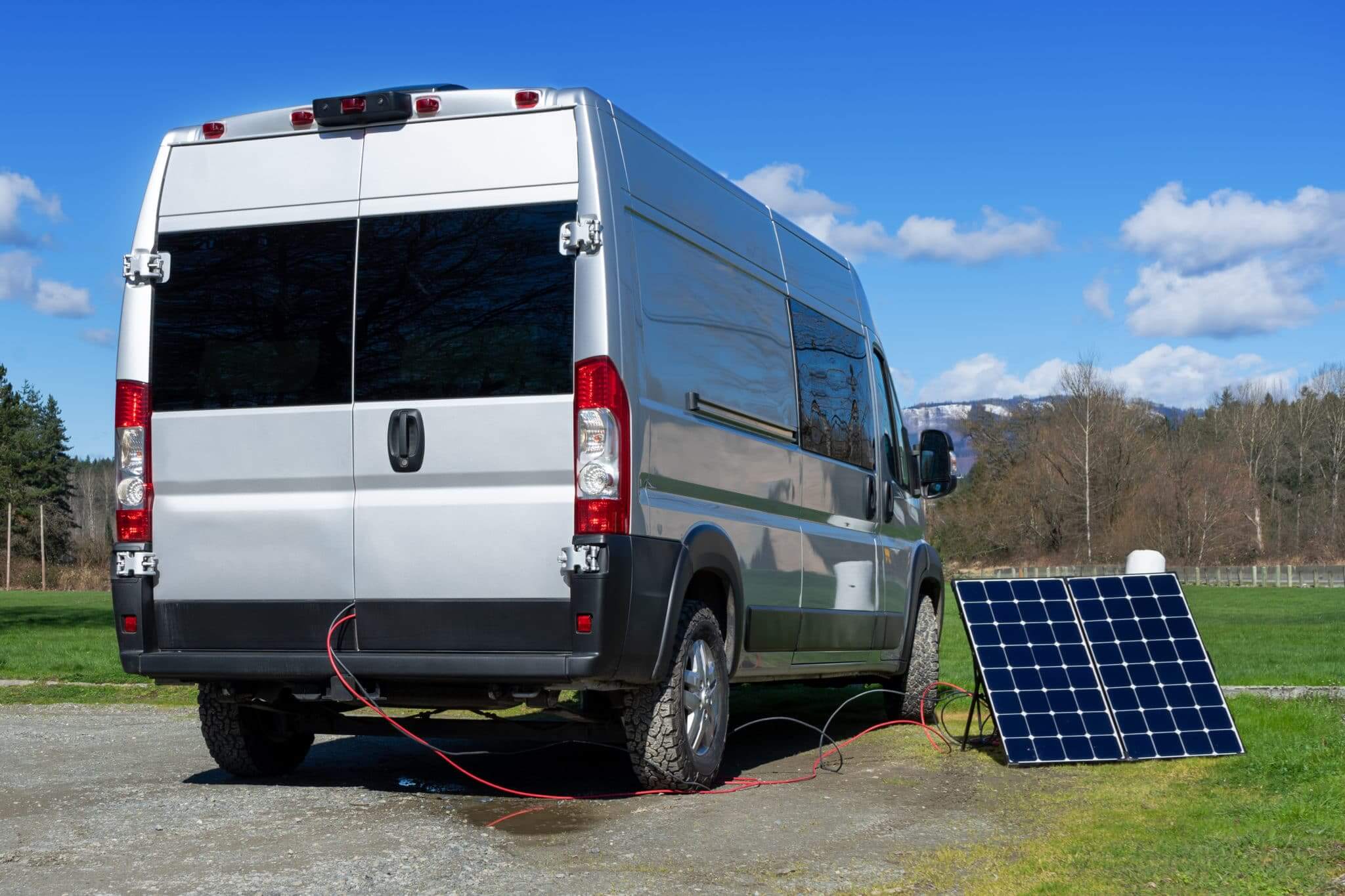
Best Deep Cycle Battery Brands
When shopping for the right battery, customer reviews are always great to review. Here are the top deep cycle RV batteries on Amazon:
- High Performance: The Wattcycle LiFePO4 battery has a capacity of 100Ah and a standard voltage of 12.8V. It features EVE...
- Built-in BMS Protection: The battery incorporates a built-in 100A BMS protection plate that automatically disconnects...
- MAINTENANCE FREE: 12.99x 6.73x 8.43 inches. Weize 12v 100Ah sealed lead acid battery is manufactured with absorbent...
- OPERATING TEMPERATURE: Charging Temp ranges from 14℉ (-10℃) to 122℉ (50℃), discharging Temp ranges from 5℉...
- 🔋 【Automotive Grade Battery】Mehrpow LiFePO4 battery use Automotive Grade LiFePO4 Cells with higher energy...
- 🔋 【Bluetooth APP Monitoring】 Compared with the traditional battery, Mehrpow 12V100AH lifepo4 battery battery adds...
- Deep Cycle Battery 12V 100 Amp Hour Sealed Lead Acid Rechargeable ; Parcel: 1 x Battery (screws included, but no wire...
- Dimensions: 12.99x 6.73x 8.43 inches (Replace UB121000, Renogy 100 AMP Hour). This sealed lead acid battery has a...
- 12V 100AH is Gel Electrolyte Technology Deep Cycle Sealed Battery; Voltage: 12 Volt; Amperage: 100 AH; Chemistry: GEL;...
- AGM and GEL batteries are both VRLA (Valve Regulated Lead-Acid) batteries. GEL batteries a safer option than traditional...
Last update on 2024-07-26 / Affiliate links / Images from Amazon Product Advertising API





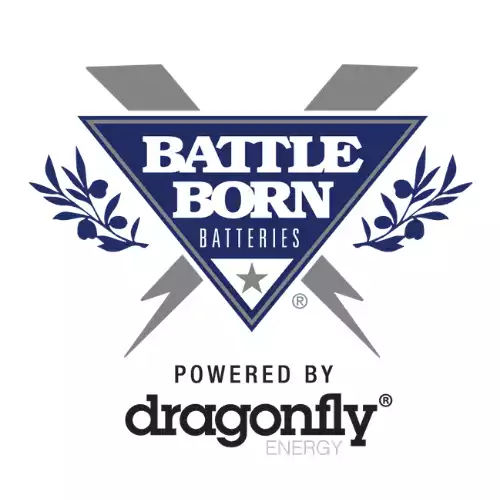





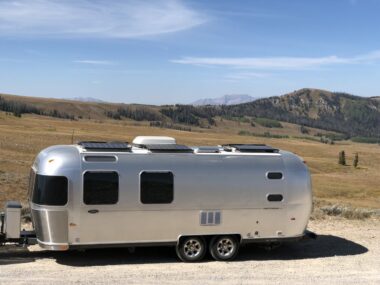

Hi Rae, Jason
Just FYI, you might want to change a minor thing on your latest article, you might be referring to your BattleBorns when you reference “Lithium Ion”, instead you should refer to those are “Lithium Iron Phosphate” which are different.
PS. looking forward to more in-deep articles on your cat-18 modem
I have two Costco 6v flooded golf cart batteries I bought for $89 ea 3.5 years ago. They still charge / run at 95 +% . I spent ~$100 for a 100W Renogy solar panel, wire & PWM controller. Since we live & camp most of the time in the Pacific N.W. I soon found out that unless you’re in direct sunlight, solar doesn’t work so well. I bought a Champion 2000W inverter generator for $450. We go out once a month 3-4 days with a 45 day ‘snowbird’ trip to the S.W. & a 30+ day Summer trip as well. About 60% – 70% boon-docking. My guess is that the average RV-r has hookups 90+% of the time. I sincerely doubt I’ve burned 3-4 gal’s of gas per year. I may need new batteries in about 2 years ? Assume I spend $120 per. 10 years I spent ~$400 vs $1k . I would have bought the other stuff regardless of the type of batteries. I see people spend $8k – $12k on “systems”. Unless your a full-timer and a large percentage off grid I have an issue with the arithmetic that claims it’s (LiPO) “cheaper”. .
Battle Born – 4 of them with a Victron inverter
Hi Jason
Which one is the best Deep Cycle Battery Brand in your opinion in 2021? Thank you in advance.